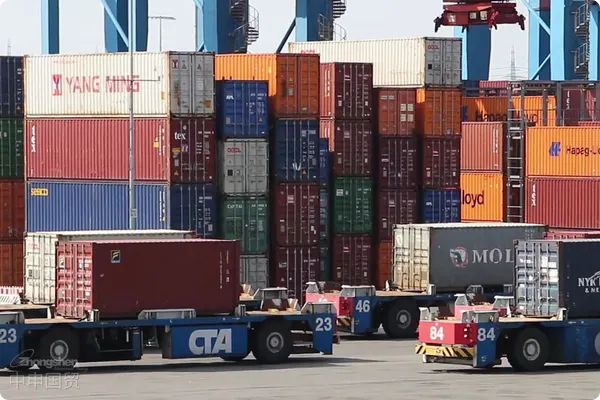- Shanghai Zhongshen International Trade Co., Ltd. - Two decades of trade agency expertise.
- Service Hotline: 139 1787 2118

High-endEquipment ImportsGame of Thrones
China's imports of high-end manufacturing equipment are projected to exceed $320 billion in 2025, yet the average customs clearance time for the industry remains at 7.2 working days. A semiconductor company once had its wafer equipment worth 120 million yuan stranded at the port for 37 days due to incorrect HS code classification, resulting in direct losses exceeding 8 million yuan. Such cases highlight the necessity of professional agency services.
Core Competency Matrix for Agency Service Providers
High-quality proxy service providers must possess a three-tier competency framework:
- Policy interpretation ability
- The General Administration of Customs' Intelligent Classification System Version 3.0 will be launched in 2025.
- The new EU CE certification regulations have expanded the electromechanical category to include 47 items.
- Early Warning List for U.S. Tariff Adjustments on Precision Instruments from China
- Risk control system
- The accuracy rate of pre-classification must reach over 98%.
- Emergency response time for port congestion ≤2 hours.
- Tax calculation error rate ≤0.5%
- Special channel resources
- Temporary bonded warehouse resources for large-scale equipment storage
- ATA Carnet Fast-Track Approval Channel
- Compliance Retrofit Plan for Imported Used Equipment
Three-Step Method for Agent Qualification Verification in 2025
It is recommended that enterprises adopt a three-dimensional verification system:
- System verification
- Real-time Query of Customs AEO Certification Status
- Verification of Cross-border Trade Intermediary Service Filing Information
- Case tracing
- Please provide the customs clearance records for similar equipment from the past three years.
- Verify the original declaration documents of the actual operations.
- On-site verification
- Evaluate the professional qualification composition of the customs affairs team.
- Testing the operational efficiency of emergency response mechanisms
Comparative Analysis of Typical Scenarios
A certain German brandMedical EquipmentImport Case Comparison:
- Class A Agent
- Pre-classification saves 5 working days.
- Utilize special regulatory policies to reduce taxes by 23%.
- Fully Digitalized Tracking System
- General agent
- Re-declaration due to misclassification
- Failure to utilize preferential policies under free trade agreements
- Paper document circulation causes delays.
Key Points for Upgrading the 2025 Customs Clearance Strategy
Optimize the declaration strategy for high-end equipment characteristics:
- Combined declaration technology
- Equipment Modular Disassembly Declaration Plan
- Accurate conversion of technical parameters into customs terminology
- Tax Optimization Model
- The linkage application of free trade agreement tariff rates and rules of origin
- Comparative Cost Calculation Between Temporary and Permanent Importation
- Risk early warning mechanism
- Establish a dynamic monitoring system for product codes.
- Develop a response plan for technical trade measures
Prediction of industry trends in the next three years
According to the 2025 Work Guidelines of the General Administration of Customs:
- The intelligent document review coverage rate will be increased to 85%.
- The import of key equipment will implement a "one enterprise, one policy" approach.
- The tariff commitment schedules of the Regional Comprehensive Economic Partnership Agreement (RCEP) have come into full effect.
- Customs supervision will transition to a model of "pre-event filing + in-process monitoring + post-event verification."
Related Recommendations
? 2025. All Rights Reserved. Shanghai ICP No. 2023007705-2  PSB Record: Shanghai No.31011502009912
PSB Record: Shanghai No.31011502009912










